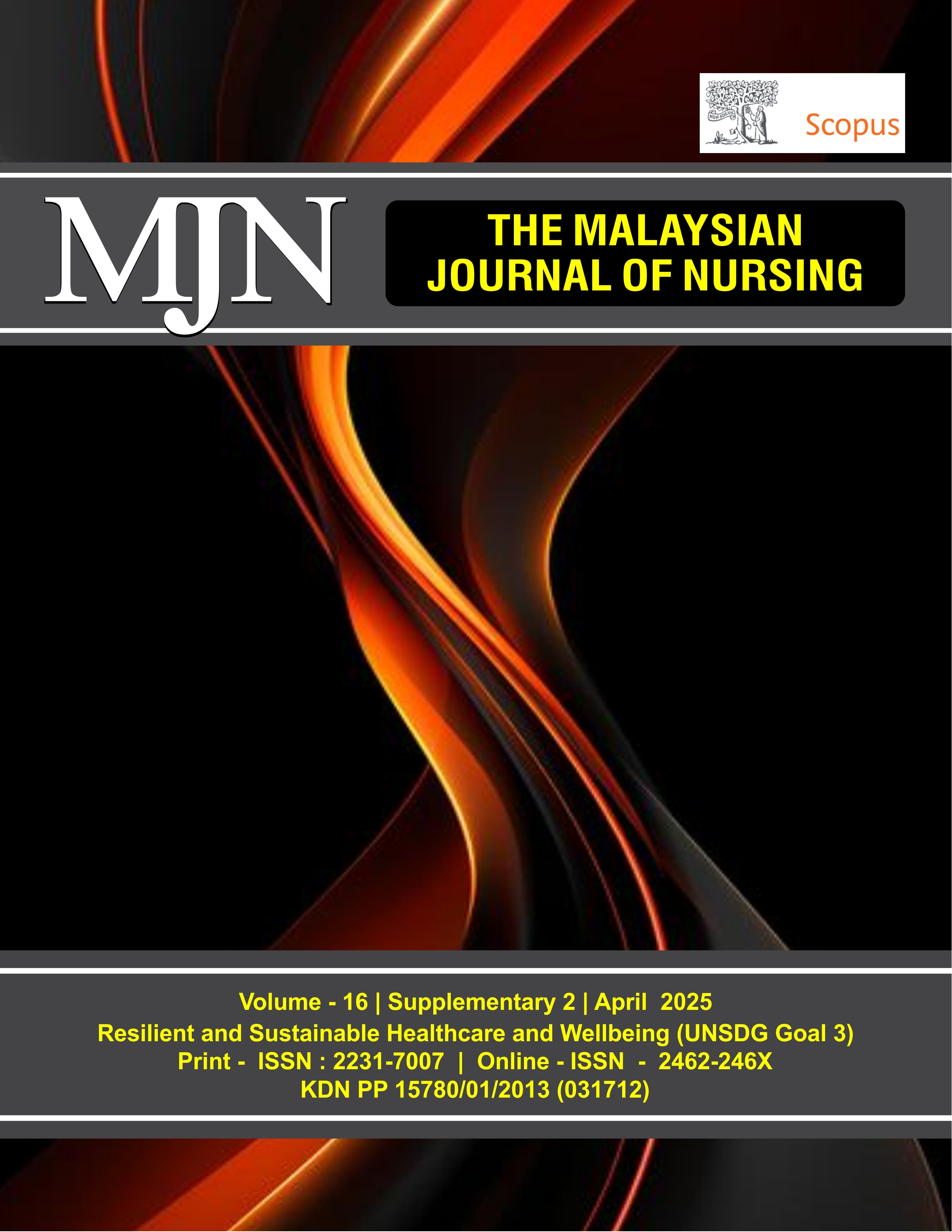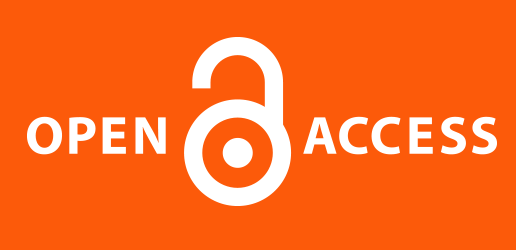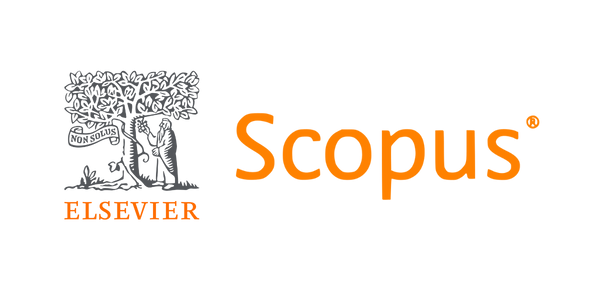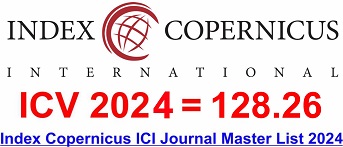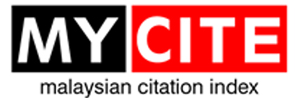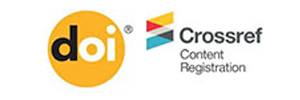Assessing the Need for Mobile Application Development in Stunting Prevention Among Vulnerable Populations: A Qualitative Study
DOI:
https://doi.org/10.31674/mjn.2025.v16isupp2.008Abstract
Background: Stunting, a critical public health challenge affecting children under five globally, remains highly prevalent in Indonesia. While mobile health (mHealth) technologies have shown promise in improving maternal and child health outcomes, their application in addressing stunting prevention remains underexplored, particularly in low-resource settings. Objective: This study aimed to assess the need for developing a mobile application to prevent stunting among vulnerable populations in Indonesia. Methods: A qualitative descriptive design was employed, involving 18 participants, including healthcare providers, community leaders, and caregivers of children under five from urban and rural settings. Data were collected through semi-structured interviews, transcribed verbatim, and analysed thematically using NVivo software. Rigorous trustworthiness criteria were applied to ensure credibility and transferability. Results: Four themes emerged: (1) barriers to stunting prevention, including resource constraints, caregiver knowledge gaps, and policy limitations; (2) desired app features, such as educational content, growth tracking, and social support tools; (3) user expectations for functionality, emphasizing local language support, offline accessibility, and ease of use; and (4) anticipated implementation challenges, including technological barriers and sustained user engagement. Conclusion: The findings underscore the potential of a mobile application to address critical gaps in stunting prevention through tailored, accessible, and interactive features. Future research should focus on pilot testing and evaluating the app’s usability and impact.
Keywords:
Mobile Health, mHealth, Stunting Prevention, Qualitative Research, Vulnerable PopulationsDownloads
References
Alsabri, M., Oboli, V. N., Rath, S., Tsoi, V., Del Castillo Miranda, J. C., Alagarswamy, K., & Shehada, W. (2025). Bridging the Gap: Lessons from low-resource pediatric emergency medicine for high-resource settings. Current Emergency and Hospital Medicine Reports, 13(1). https://doi.org/10.1007/s40138-025-00315-z
Asadi, S., Vafamand, N., Moallem, M., & Dragičević, T. (2020). Fault reconstruction of islanded nonlinear DC microgrids: An LPV-based sliding mode observer approach. IEEE Journal of Emerging and Selected Topics in Power Electronics, 9(4), 4606-4614. https://doi.org/10.1109/JESTPE.2020.3043491
Azam, M., Bin Naeem, S., Kamel Boulos, M. N., & Faiola, A. (2023). Modelling the predictors of mobile health (mHealth) adoption among healthcare professionals in low-resource environments. International Journal of Environmental Research and Public Health, 20(23). https://doi.org/10.3390/ijerph20237112
Bakker, C. J., Wyatt, T. H., Breth, M. C., Gao, G., Janeway, L. M., Lee, M. A., ... & Tiase, V. L. (2023). Nurses’ roles in mHealth app development: Scoping review. JMIR Nursing, 6. https://doi.org/10.2196/46058
Bautista-Gomez, M. M., Zuluaga, L. S., & Medina-Tabares, M. F. (2024). Cultural Adaptation of Health Interventions for Ethnic Communities in Vulnerable Settings: A Qualitative Data Synthesis. New Trends in Qualitative Research, 20(3). https://doi.org/10.36367/ntqr.20.3.2024.e920
Braun, V., & Clarke, V. (2019). Reflecting on reflexive thematic analysis. Qualitative Research in Sport, Exercise and Health, 11(4), 589-597. https://doi.org/10.1080/2159676X.2019.1628806
Chilot, D., Belay, D. G., Merid, M. W., Kibret, A. A., Alem, A. Z., Asratie, M. H., ... & Aragaw, F. M. (2023). Triple burden of malnutrition among mother–child pairs in low-income and middle-income countries: a cross-sectional study. BMJ Open, 13(5). https://doi.org/10.1136/bmjopen-2022-070978
Dehghan Ghahfarokhi, A., Vosadi, E., Barzegar, H., & Saatchian, V. (2022). The effect of wearable and smartphone applications on physical activity, quality of life, and cardiovascular health outcomes in overweight/obese adults: A systematic review and meta-analysis of randomized controlled trials. Biological Research for Nursing, 24(4), 503-518. https://doi.org/10.1177/10998004221099556
Erika, K. A., Fadilah, N., Latif, A. I., Hasbiah, N., Juliaty, A., Achmad, H., & Bustamin, A. (2024). Stunting Super App as an Effort Toward Stunting Management in Indonesia: Delphi and Pilot Study. JMIR Human Factors, 11. https://doi.org/10.2196/54862
Hoque, M. R., Rahman, M. S., Nipa, N. J., & Hasan, M. R. (2020). Mobile health interventions in developing countries: a systematic review. Health Informatics Journal, 26(4), 2792-2810. https://doi.org/10.1177/1460458220937102
Hossain, M. M., Abdulla, F., & Rahman, A. (2023). Prevalence and risk factors of underweight among under-5 children in Bangladesh: evidence from a countrywide cross-sectional study. Plos One, 18(4). https://doi.org/10.1371/journal.pone.0284797
Kemenkes, D. P. (2022). Apa itu Stunting. Kementrian Kesehatan, Direktorat Jenderal Pelayanan Masyarakat [What is Stunting. Ministry of Health, Directorate General of Public Services] Retrieved from: https://yankes.kemkes.go.id/view_artikel/1516/apa-itu-stunting. Accessed on 8th February 2023.
Obonyo, K.O., Kaindi D.W.M., Ngala, S. & Kogi-Makau, W. (2025). Effectiveness of A Smartphone–Based Education Intervention to improve breastfeeding and neonatal nutritional status: A Randomised controlled trial. African Journal of Food, Agriculture, Nutrition & Development, 25(1). https://doi.org/10.18697/ajfand.138.25490
Kodish, S. R., Farhikhtah, A., Mlambo, T., Hambayi, M. N., Jones, V., & Aburto, N. J. (2022). Leveraging the scaling up nutrition movement to operationalize stunting prevention activities: implementation lessons from Rural Malawi. Food and Nutrition Bulletin, 43(1), 104-120. https://doi.org/10.1177/03795721211046140
Lincoln, Y. S., & Guba, E. G. (1985). Naturalistic inquiry. SAGE Publications, UK.
http://dx.doi.org/10.1016/0147-1767(85)90062-8
Mbunge, E., & Sibiya, M. N. (2024). Mobile health interventions for improving maternal and child health outcomes in South Africa: a systematic review. Global Health Journal, 8(3), 103-112https://doi.org/10.1016/j.glohj.2024.08.002
McCool, J., Dobson, R., Whittaker, R., & Paton, C. (2022). Mobile health (mHealth) in low-and middle-income countries. Annual Review of Public Health, 43(1), 525-539. https://doi.org/10.1146/annurev-publhealth-052620-093850
Mehta, A. K., Buonanno, A., Gair, J., Miller, M. C., Farag, E., DeBoer, R. J., ... & Timmes, F. X. (2022). Observing intermediate-mass black holes and the upper stellar-mass gap with LIGO and Virgo. The Astrophysical Journal, 924(1), 1-21. https://doi.org/10.3847/1538-4357/ac3130
Morse, J. (2020). The changing face of qualitative inquiry. International Journal of Qualitative Methods, 19. https://doi.org/10.1177/1609406920909938
Neumark, T., & Prince, R. J. (2021). Digital health in East Africa: innovation, experimentation and the market. Global Policy, 12, 65-74. https://doi.org/10.1111/1758-5899.12990
O’Brien, K. M., Barnes, C., Yoong, S., Campbell, E., Wyse, R., Delaney, T., ... & Hodder, R. K. (2021). School-based nutrition interventions in children aged 6 to 18 years: An umbrella review of systematic reviews. Nutrients, 13(11), 1-31. https://doi.org/10.3390/nu13114113
Okolo, C. A., Babawarun, O., Arowoogun, J. O., Adeniyi, A. O., & Chidi, R. (2024). The role of mobile health applications in improving patient engagement and health outcomes: A critical review. International Journal of Science and Research Archive, 11(1), 2566-2574. https://doi.org/10.30574/ijsra.2024.11.1.0334
Ose, M. I., Handayani, F., Pujianto, A., Sulfiana, M., Ega, A., & Arfina, C. (2021). Peningkatan Kualitas Caregiver Melalui Pelatihan Perawatan Kegawatdaruratan Dan Dasar di masa pandemic covid-19 [Improving caregiver quality through emergency and basic care training during the Covid-19 Pandemic]. CARADDE: Jurnal Pengabdian Kepada Masyarakat, 3(3), 489-496. https://doi.org/10.31960/caradde.v3i3.684
Phillips, J. C., Alfano, A. R., Barfield, L. C., Cain, L., Sadjadi, M., Morales, E., ... & Hannan, J. (2024). Exploring maternal and infant health app development and effectiveness research: scoping review. JMIR Pediatrics and Parenting, 7(1). https://doi.org/10.2196/46973
Rianti, E., Pujiastuti, S. E., & Triwinarto, A. (2025). Mobile Application Prototype: AP3S to Prevent Stunted Babies. International Journal of Online & Biomedical Engineering, 21(3). 84–102. https://doi.org/10.3991/ijoe.v21i03.51919
Sandelowski, M. (2000). Combining qualitative and quantitative sampling, data collection, and analysis techniques in mixed‐method studies. Research in Nursing & Health, 23(3), 246-255. https://doi.org/10.1002/1098-240X(200006)23:3%3C246::AID-NUR9%3E3.0.CO;2-H
Titaley, C. R., Que, B. J., de Lima, F. V., Angkejaya, O. W., de Lima, F. V., Maelissa, M. M., ... & Atik, N. (2020). Health care–seeking behavior of children with acute respiratory infections symptoms: Analysis of the 2012 and 2017 Indonesia Demographic and Health Surveys. Asia Pacific Journal of Public Health, 32(6-7), 310-319. https://doi.org/10.1177/1010539520944716
United Nations Children's Fund. (2021). Levels and trends in child malnutrition: joint child malnutrition estimates. UNIVED: New York, NY, USA. Retrieved from: https://www.who.int/publications/i/item/9789240025257. Accessed on 25th February 2024.
Venkataramanan, R., Subramanian, S. V., Alajlani, M., & Arvanitis, T. N. (2022). Effect of mobile health interventions in increasing utilization of Maternal and Child Health care services in developing countries: A scoping review. Digital Health, 8. https://doi.org/10.1177/20552076221143236
Wasunna, B., & Holeman, I. (2021). Digital health interventions for community health worker training, ongoing education, and supportive supervision. Training for Community Health: Bridging the Global Health Care Gap, 67. http://dx.doi.org/10.1093/oso/9780198866244.003.0005
World Health Organization. (2021a). Global strategy on digital health 2020–2025. World Health Organization. Retrieved from: https://apps.who.int/iris/handle/10665/344249, Accessed on 10th July 2024.
WHO. (2021b). Digital health solutions for health care services: A global review. Geneva: World Health Organization. Retrieved from: https://iris.who.int/bitstream/handle/10665/344249/9789240020924-eng.pdf?sequence=1, Accessed on 12th May, 2024.
Published
How to Cite
Issue
Section
License
Copyright (c) 2025 The Malaysian Journal of Nursing (MJN)

This work is licensed under a Creative Commons Attribution-NonCommercial-NoDerivatives 4.0 International License.

